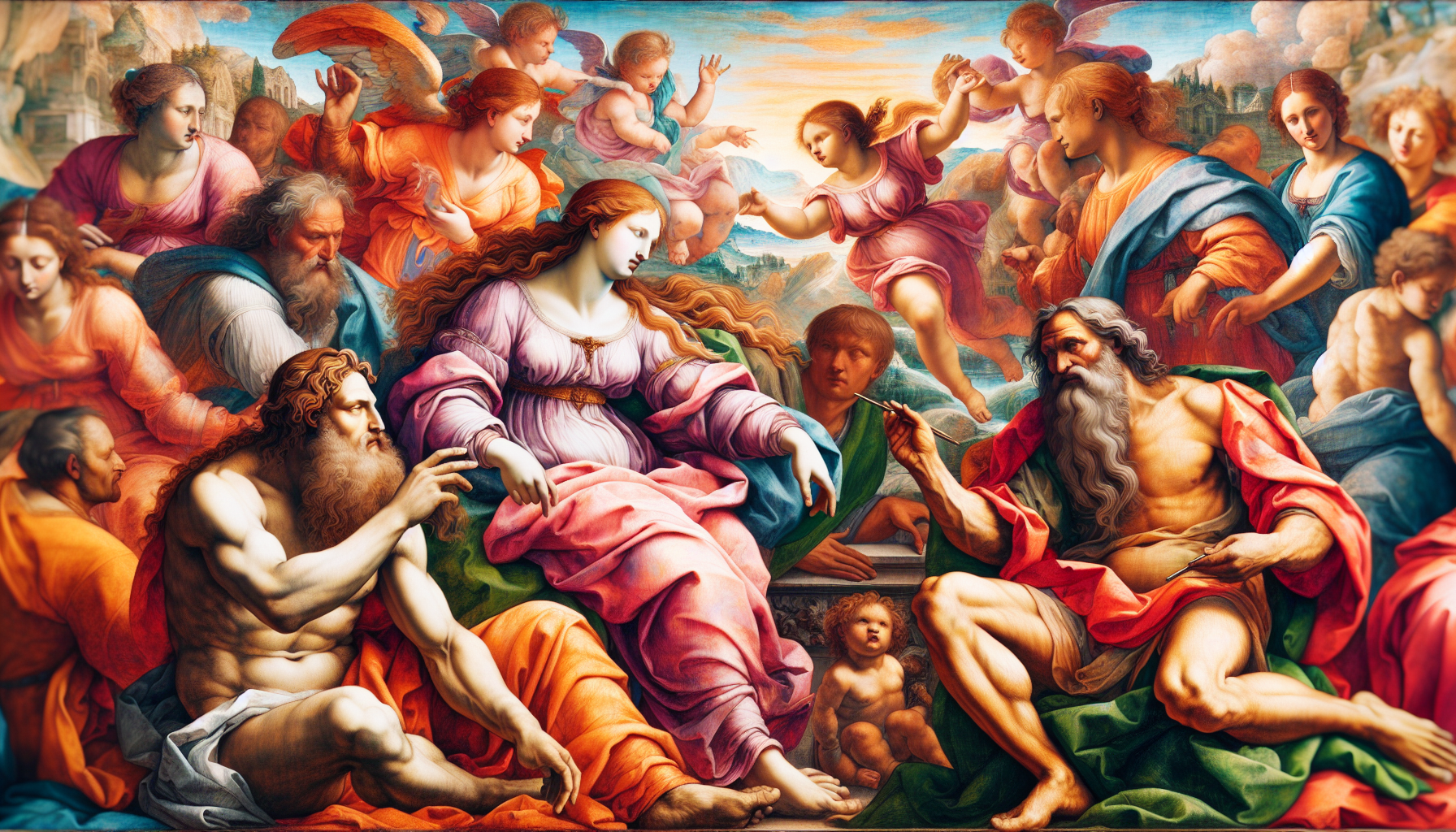The Renaissance, spanning from the 14th to the 17th century, marks a pivotal period in history where art became a profound expression of humanism, demonstrating a shift from medieval constraints to a focus on individuality, anatomy, and perspective. This era did not merely change how art was created; it changed how art was perceived, setting the foundations for modern creative practices and aesthetics.
At the heart of this transformation was the re-emergence of classical learning and the re-discovery of ancient Greek and Roman texts, which inspired artists to explore new techniques and themes. Artists like Leonardo da Vinci, Michelangelo, and Raphael embodied the Renaissance spirit through their works, which combined technical skill with a deep understanding of humanity and nature. Their mastery of perspective, use of light and shadow, and anatomical precision were groundbreaking, influencing generations of artists that followed.
The Renaissance's impact on modern creativity is immense. The era introduced techniques such as linear perspective, which provided a more realistic representation of space and forms on canvas. This technique revolutionized the way art was consumed, allowing viewers to interpret paintings and sculptures with a newfound sense of realism and emotion. In today's art education, linear perspective remains a fundamental concept taught to aspiring artists.
Moreover, the Renaissance emphasis on humanism shifted art’s focus towards the individual and their place in the world. This newfound concentration on human experience can be traced in contemporary art, where context and narrative hold significant weight, often reflected in personal and cultural identities. The era spearheaded the concept that art could capture the complexity of human emotions and societal conditions, a notion that remains at the core of modern artistic endeavors.
Another lasting legacy of Renaissance art is its influence on architectural designs and the enduring quest for beauty and balance. The principles of symmetry, proportion, and harmony, as integrated in Renaissance architecture, continue to inspire architects and designers today. The way Renaissance artists incorporated natural settings and the human figure paralleled the philosophies of balance and order that resonated throughout other fields, including music and literature.
Additionally, innovations in materials and methods, such as oil painting and fresco, paved the way for later artistic movements. Artists in the subsequent centuries built upon these developments to enhance their own works. By observing the meticulous detail and lifelike depictions in Renaissance art, modern creators learn the value of craftsmanship and the potential of merging science with creativity.
The Renaissance was not only an artistic revolution but a cultural one that urged societies to value creativity, intellect, and individuality. Its ideals propelled forward thinking that influenced political thought, science, and literature, developing a holistic approach to knowledge that centuries later would fuel the Age of Enlightenment and beyond.
Though centuries have passed, the Renaissance's influence persists as it continuously inspires artists, shaping the tools, techniques, and philosophies used in creativity today. This extraordinary era taught humankind the power of art not merely to replicate reality but to explore the essence of life itself. As a result, it established a legacy of innovation and intellect that underpins modern artistic expression, ensuring that the Renaissance continues to impact how we perceive and engage with art in our contemporary world.
